58:29
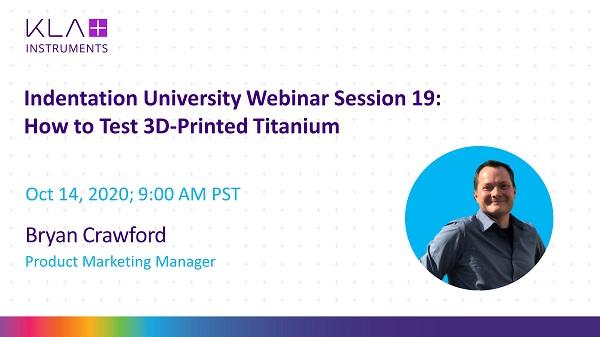
3D printing is the disruptive manufacturing method of the 21st century. In many ways, it is inferior to traditional methods of casting and machining, because microstructure and defects are not well understood or controlled. Yet, the technique is irresistible due to its speed, simplicity, and portability. High-speed nanoindentation is a critical tool for understanding the link between microstruc...
01:00:15
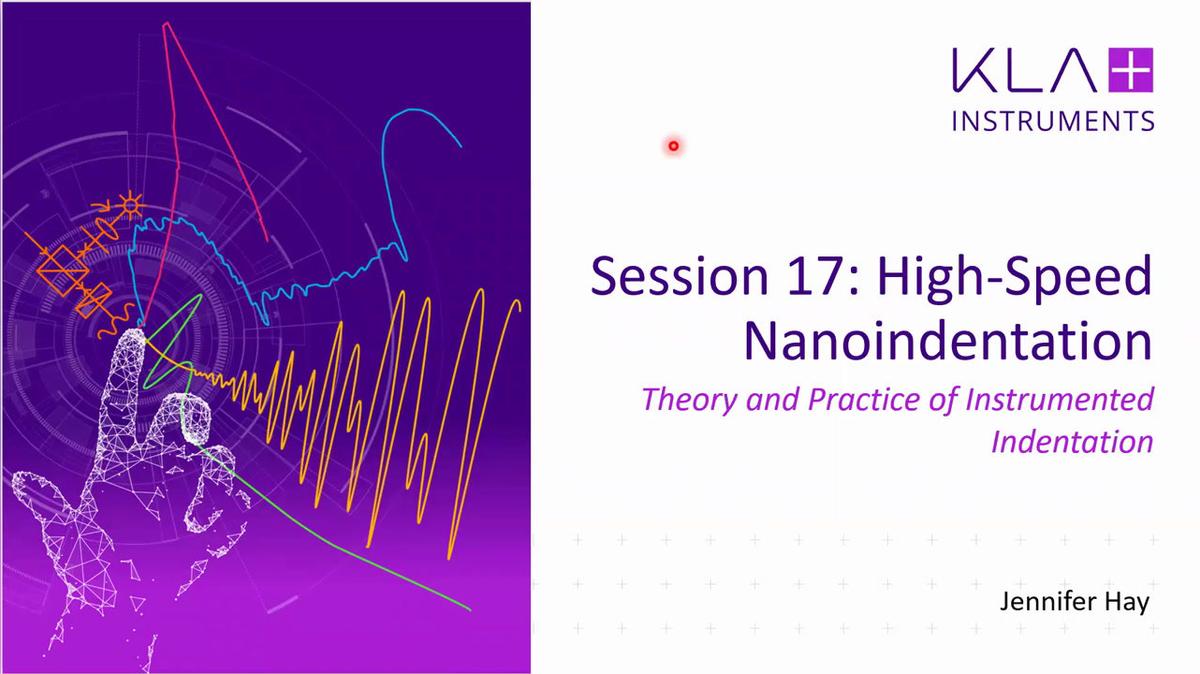
With careful attention to instrumentation and software, nanoindentation experiments can be accomplished at a rate faster than one second per indent. High-speed indentation opens new doors for statistical analysis and mechanical-properties mapping.
51:18
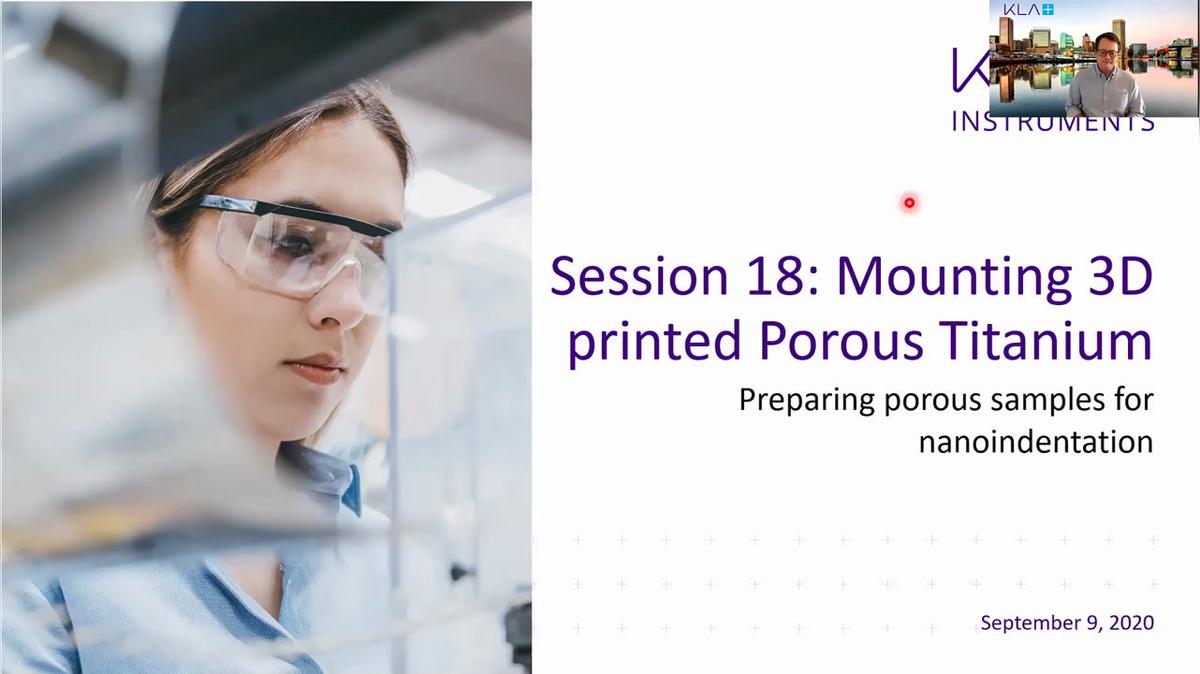
Mr. Crawford (former manager of the materials-testing laboratory at Johns Hopkins University) shows how to prepare a porous metal for high-speed nanoindentation. He provides recommendations for equipment and demonstrates all aspects of metallographic mounting and polishing.
03:30
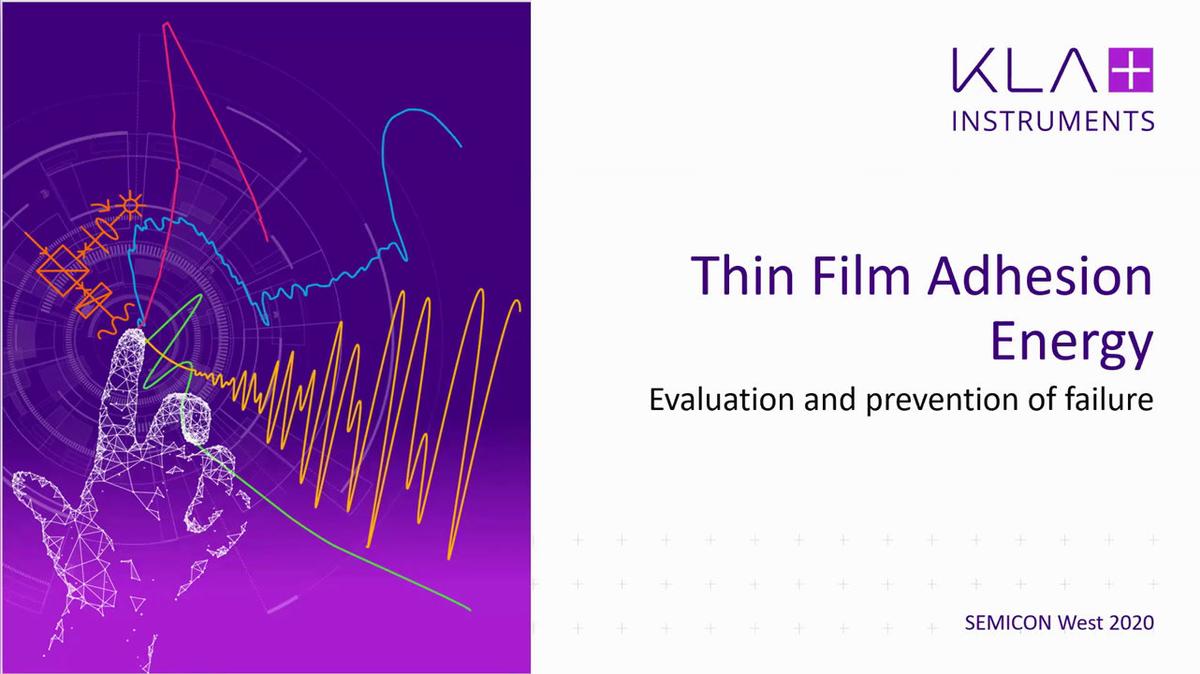
Measuring adhesion energy of dielectric thin films with KLA Nanoindenters provides unmatched data for improving the interface bond strength. This video provides a quick introduction to measuring adhesion energy.
51:33
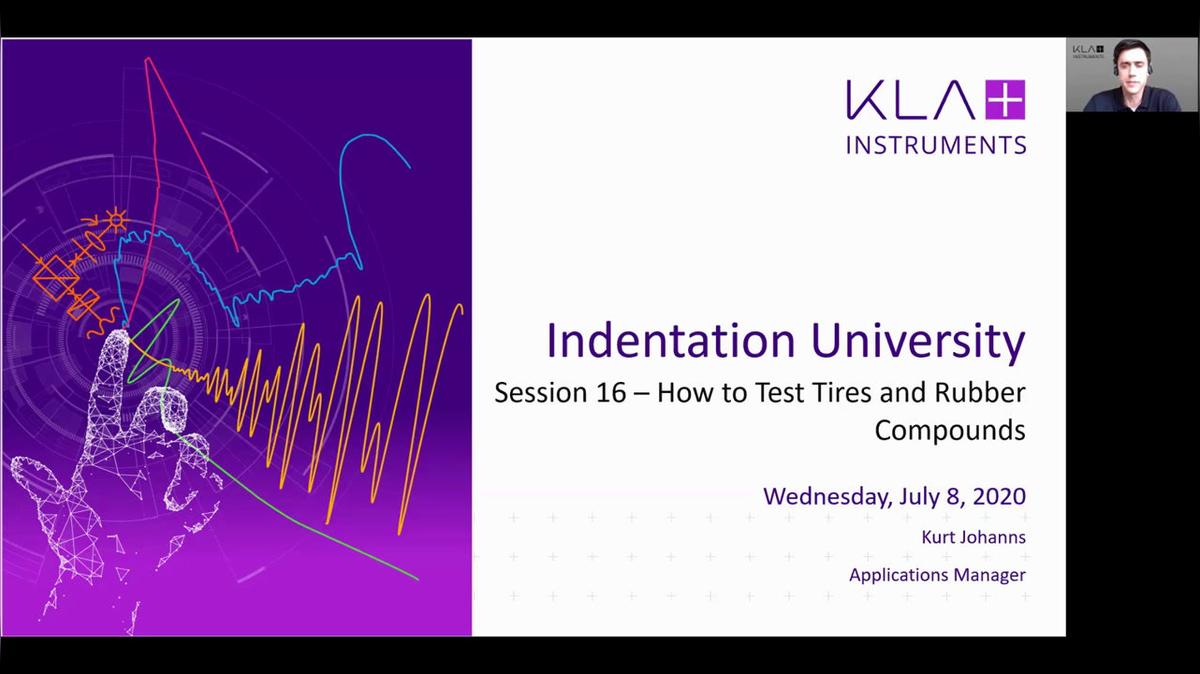
Traditional testing of laminate layers in a tire requires extensive dissection and can negatively impact the results. ProbeDMA™ eliminates the need to individually dissect the tire layers and allows the quantification of viscoelastic properties with high spatial resolution across layers and at interfaces. This session is a live demonstration of nanoindentation with the KLA nanoindenter to chara...
01:00:52
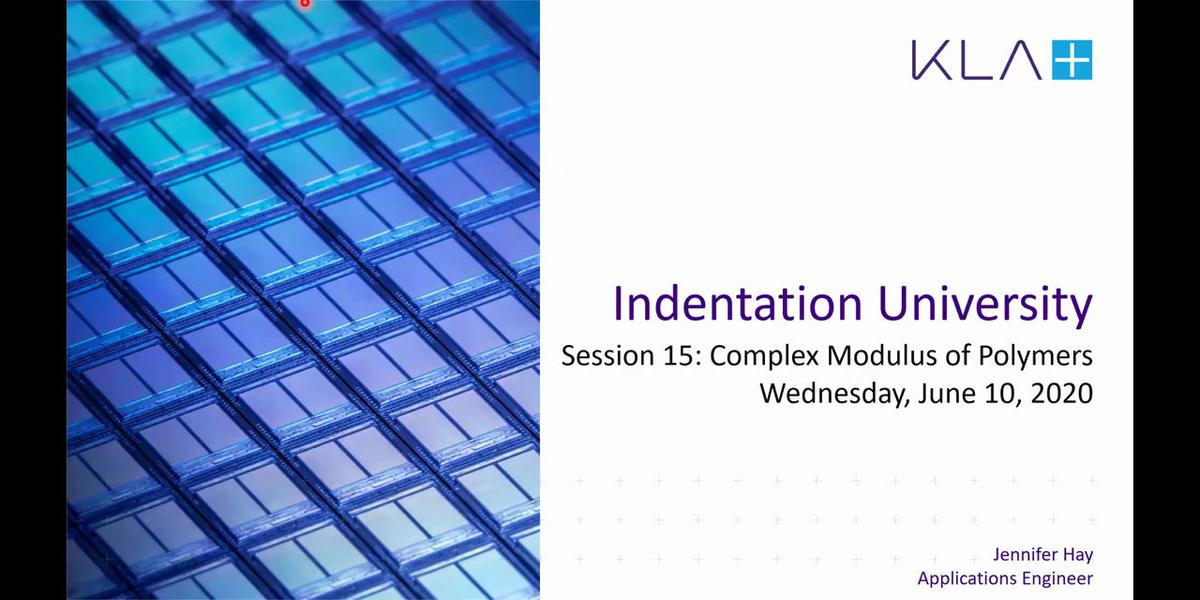
Polymers are exceptionally complex materials—mechanical properties depend on chemistry, processing, and thermo-mechanical history. Instrumented indentation testing dramatically simplifies the mechanical characterization of polymers, because samples can be small and minimally prepared. On bulk materials, values for storage and loss modulus measured by indentation agree well with values measured ...
30:37
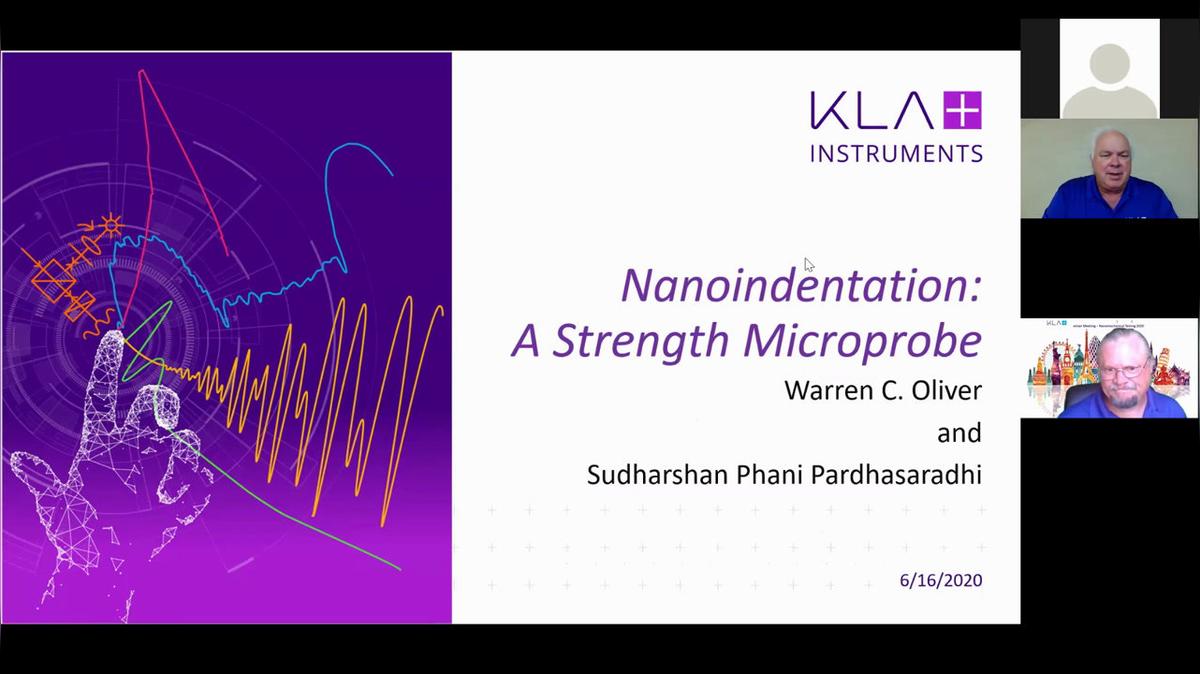
Dr. Warren Oliver provides an overview of applications in nanoindentation and examines recent research on high resolution mechanical properties mapping.
01:08:06
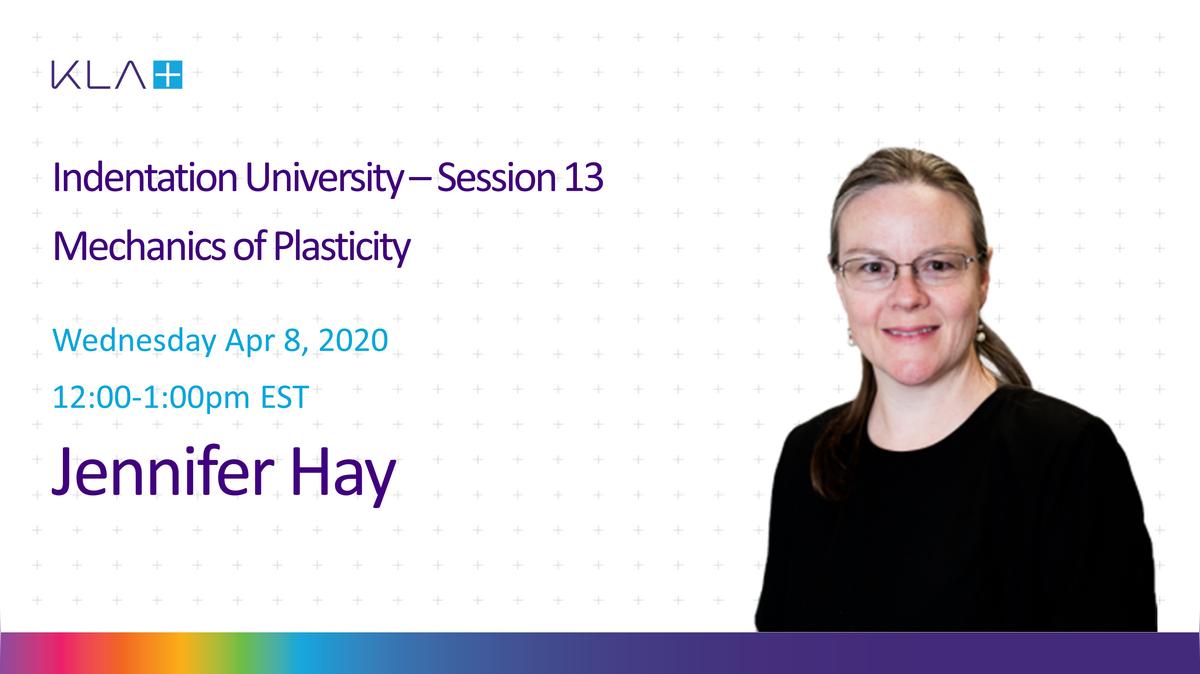
Valid hardness measurements require actually causing plasticity. Thus, we must know the threshold and locus for the onset of plasticity. In this session, we use the Tresca criterion to understand the onset of plasticity for both Hertzian and conical indentation. These criteria guide our understanding of the minimum depth at which one can measure a meaningful hardness.
01:01:57
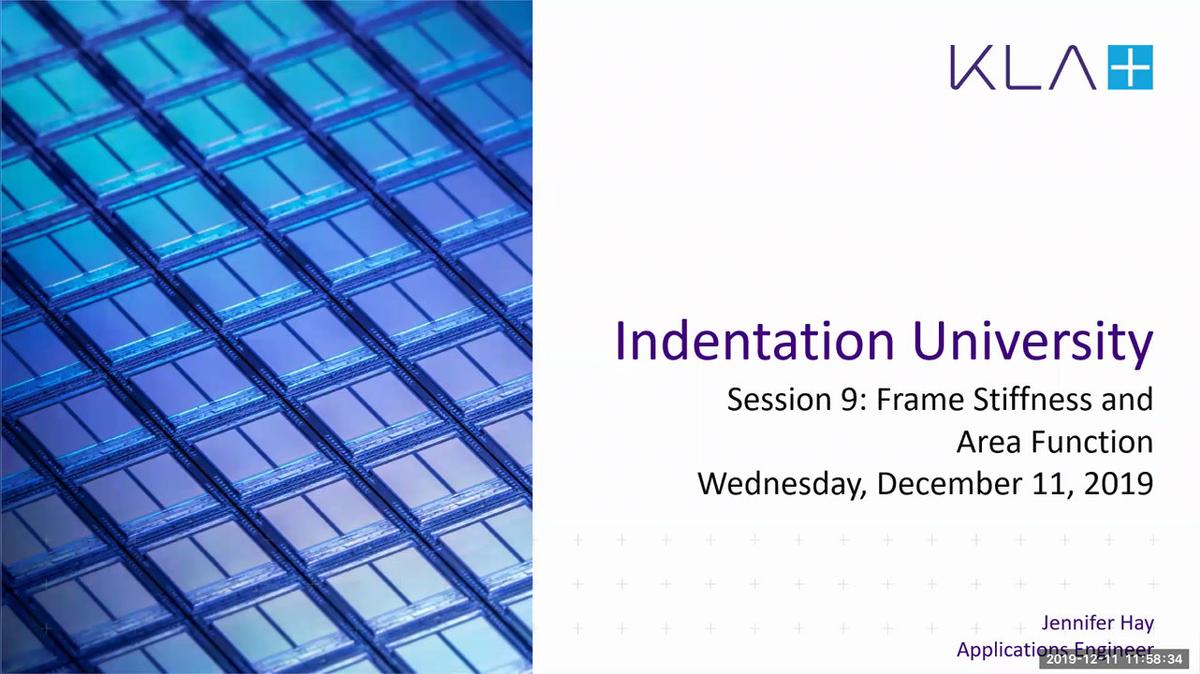
Two nanoindentation calibrations are accomplished by means of indentation experiments on a reference material. These are the load-frame stiffness calibration, which quantifies the expected flexure in the test equipment, and the area-function calibration, which quantifies the precise shape of the indenter. This presentation explains how these calibrations affect nanoindentation analysis, and how...
52:42
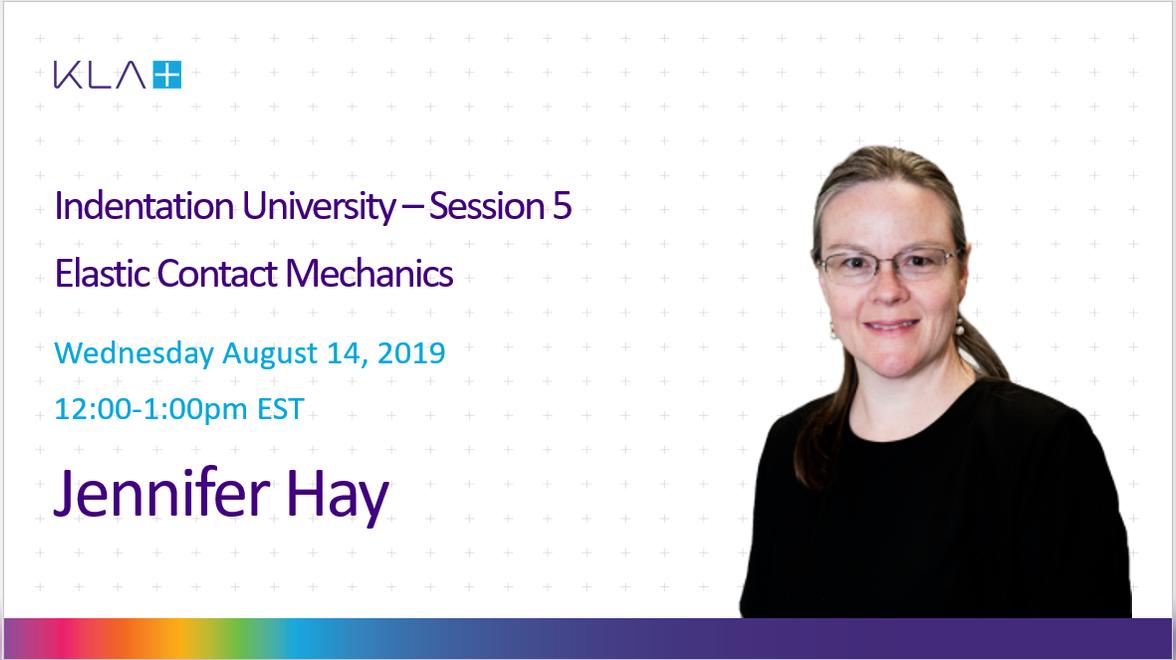
Force and displacement measurements obtained from instrumented indentation experiments are interpreted using elastic contact models, even when the contact causes plastic deformation. Elastic contact models specify the ideal relationship between force, displacement, and elastic properties. Such models are explained in this presentation. Ian Sneddon’s elastic contact model is given special attent...
53:38
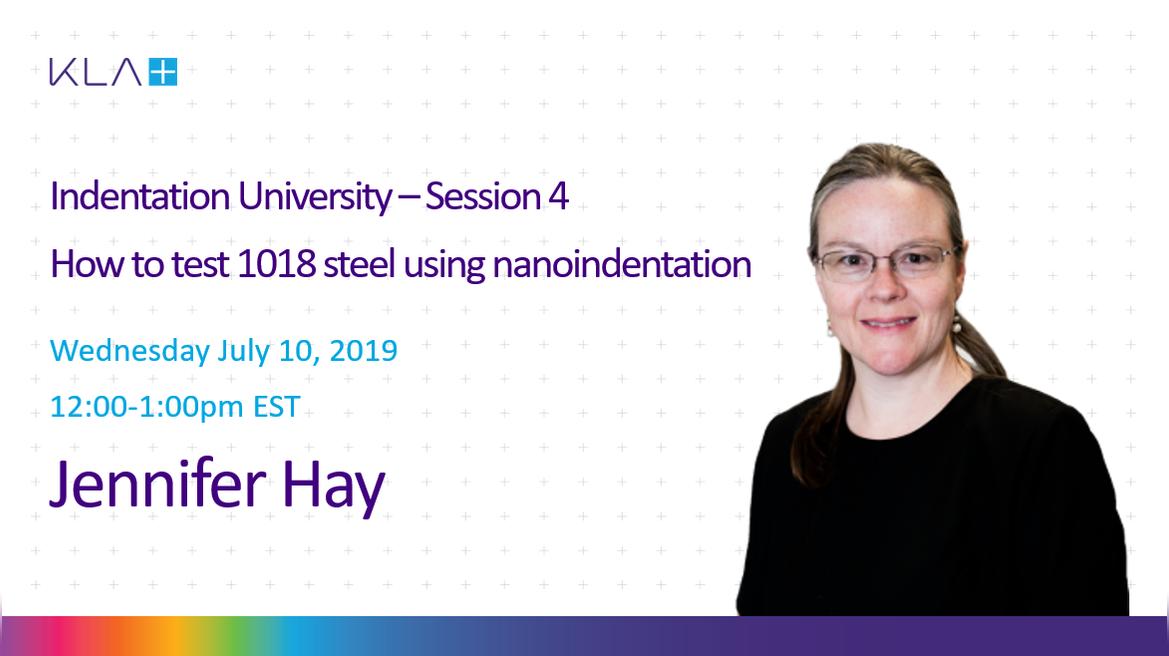
Low-carbon steels are the first option when designing with steel. They offer good machinability and excellent weldability. To some extent, the strength and ductility can be manipulated by various thermal and mechanical processes, such as working, annealing, and carburization. This session is a live demonstration of standardized nanoindentation with the KLA iMicro nanoindenter to characterize co...